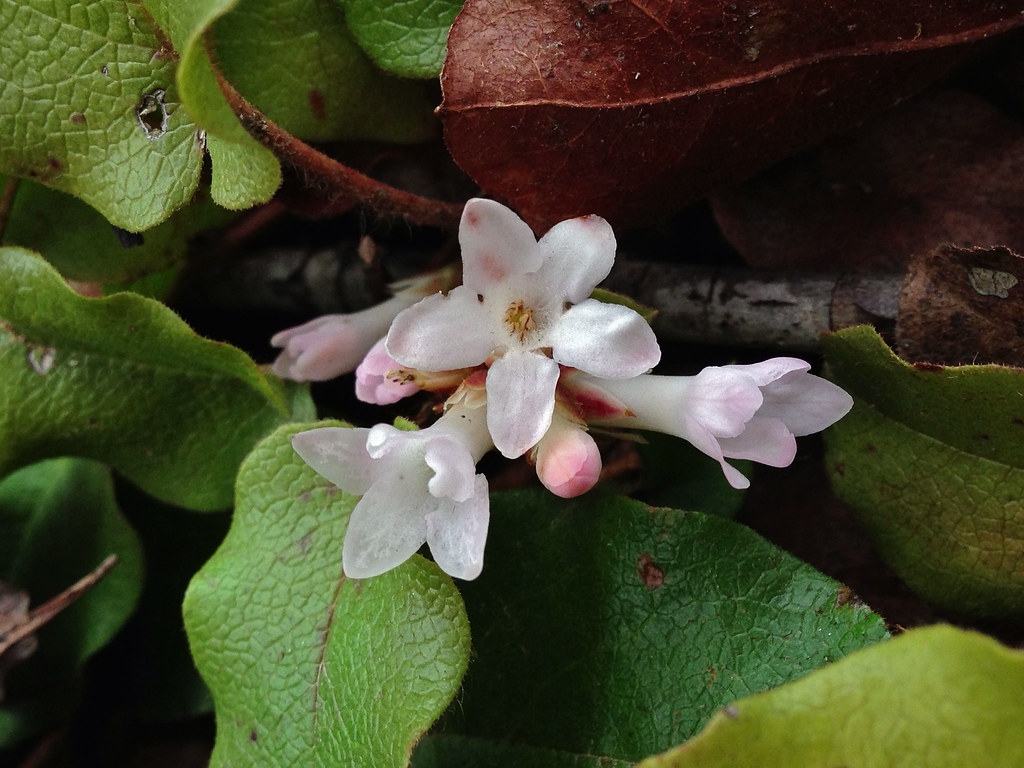As we continue our quest to appreciate the vibrant world of flora, we find ourselves captivated by the anticipation of what’s to come. Each season brings with it a wealth of biodiversity, a promise of new growth, and the delight of botanical surprises. In this spirit, we dive into the enchanting realm of the Mayflower, scientifically known as Epigaea repens. This perennial plant, with its charming appearance and rich cultural significance, invites us to explore both its present allure and the expectations of its future in our ecosystems.
Epigaea repens, also dubbed the Mayflower or Plymouth Mayflower, is a member of the Ericaceae family, which boasts an impressive lineage of flowering plants that thrive in temperate regions. The Mayflower adheres closely to its coastal heritage, finding a natural habitat in the woods of eastern North America. It’s easy to see how this delicate plant has captured the hearts of many—it was named by the early European settlers who were fond of its modest beauty, with flowers that herald the arrival of spring.
This evergreen shrub is distinguished by its creeping, prostrate form. It gracefully hugs the ground, generating a network of stems that can blanket the forest floor. Its leaves, leathery and elliptical, take on a lustrous sheen, accentuating the plant’s subtle charm. In the spring, Epigaea repens bursts forth with ethereal pinkish-white blossoms. These bell-shaped flowers, a veritable feast for the eyes, exude a sweet, honey-like fragrance that beckons pollinators such as bees and butterflies, ensuring the continuation of its lineage.
However, it’s crucial to recognize that the journey of the Mayflower does not solely hinge on its aesthetic appeal. The significance of Epigaea repens extends deep into ecological interdependencies. In its role as an understory plant, it contributes to the intricate tapestry of forest ecosystems. The roots of this charming perennial play a vital role in maintaining soil health by preventing erosion and promoting nutrient cycling. As it extends its reach, it fosters a habitat that supports numerous organisms, creating a microcosm of life beneath the towering trees.
While we revere the Mayflower for its beauty and ecological roles today, we cannot ignore the pressing challenges that face such flora in the modern world. The relentless march of urbanization, climate change, and habitat loss threatens the sanctity of natural habitats where Epigaea repens thrives. Adverse environmental conditions can lead to dwindling populations, endangering the intricate relationships it fosters within its ecosystem. The loss of native plant species impacts not just the individual flora but reverberates throughout the entire web of life, affecting everything from soil composition to animal populations.
What does the future hold for the Mayflower and other native species aggregated in similar ecosystems? Conservation efforts are of paramount importance. Protecting existing habitats, restoring degraded areas, and creating awareness about the significance of native plants are crucial steps toward safeguarding our botanical heritage. Engaging with local communities, researchers, and conservationists offers a pathway to ensure the future resilience of Epigaea repens and its kin.
The act of conservation is more than a mere obligation; it is an opportunity for education and inspiration. By spotlighting plants such as the Mayflower, we foster an appreciation for the ancient bonds between flora and fauna. As stewards of the Earth, we have a role to play in the stewardship of these precious natural resources. Initiatives like native plant gardening, conservation work, and educational outreach enable future generations to form a connection with nature, ensuring that the delights of springtime blooms like the Mayflower continue to inspire awe and reverence.
Moreover, the significance of Epigaea repens extends beyond its ecological role. It embodies a narrative steeped in history and culture. The Mayflower has been entwined with various traditions and folklore, revered as a symbol of resilience and renewal. Native American tribes have historically recognized and utilized the plant for its medicinal properties. These cultural ties enrich our understanding of the Mayflower, providing a reminder that plants hold value beyond their mere physical presence.
Embracing the Mayflower means engaging with its context—its habitat, its relationships, and its future. As we anticipate future blooms, let us cultivate an appreciation that goes beyond casual observation. Let’s instill an ethos of coexistence, where human activity integrates harmoniously with nature, thereby nurturing the intricate web that sustains life on our planet.
In conclusion, the story of Epigaea repens is not simply about a delightful flower gracing our woodlands; it serves as a clarion call for conservation and companionship among all forms of life. As we stand on the threshold of the future, filled with expectations of biodiversity and ecological harmony, let us strive to preserve our rich natural heritage. The Mayflower, with its ethereal beauty, will continue to whisper tales of resilience and connectivity, enriching our landscapes for generations to come.









Leave a Comment